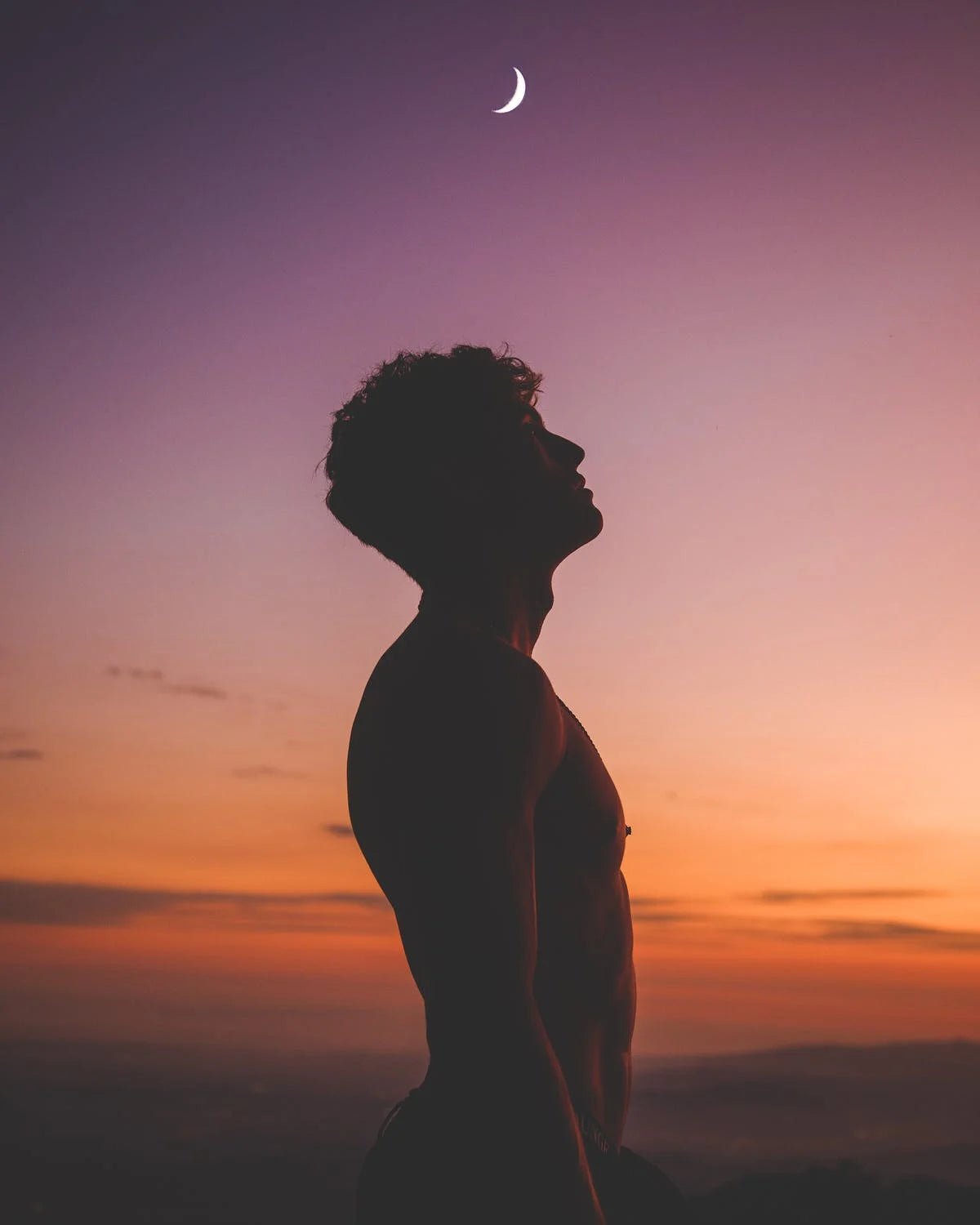One of the more mysterious genres of photography is silhouettes. They are beautiful, alluring, and in some cases, even seductive.
A silhouette photo is where your subject is veiled in darkness. Not seeing your subject is what makes it so alluring and mysterious. Your audience needs to use creative imagination to envision the subject.
Silhouette photography may seem simple because there isn't much to it, right? Well, entirely wrong. There is a technique to mastering this style. Here are my recommendations on how to ensure you capture an impressive photo.
Photograph Intriguing Subjects
Make sure you choose an interesting subject to capture. You don't necessarily want your viewer to think, "What the heck is that supposed to be?" You want something that will captivate your audience. A great example of this is someone dancing. Typically a dancer can contort their body and move it in unique ways, and it is eye-catching since it isn't just a person standing. Another few examples are animals, floral arrangements, and architecture. Ideas like these give beautiful shapes and curves.
Be Against the Light
When your source of light is placed behind your subject, your subject will end up in a shadow and quickly become a silhouette in a photo. During outdoor photography, you will need the sun to be low but still above to horizon. Shooting during sunset, sunrise, or in higher latitudes makes perfect silhouettes.
Keep the Sun Hidden
The downside to taking photos against the sun is the chance of the sun's light blowing out certain portions of your scene. When this happens, the result will be white portions on the photo that you want to be darker or black. Another issue is the potential lens flare. To prevent these things from happening, you will need to keep the sun somewhat hidden. Your subject should be able to cover the sun to give that shadow effect. You can also get down low to get a different perspective while blocking out the sun's light. Doing this could also give off a neat creative effect with your shadows.
Pay Close Attention to Your Subject's Outline
You want to focus your attention on the outline of the subject. Since the subject's outline is how your viewer will make out what they see, any other detail won't matter. For example, if you are photographing a person, you will want to make sure each limb is in the position you want them to be, and this alone will play a role in how your photograph will look.
Always Use Manual Settings
I'll make this part short and sweet - always manually set your camera's settings. You will have complete control over ISO, aperture, shutter speed, white balance, and other camera settings.
Use Burst Shooting
If you are trying to photograph a moving subject, use burst mode. This will help ensure you get the right shot by continuously shooting. You will need a faster shutter speed for this.
Find Fascinating Shapes
Keep a lookout for fascinating shapes in the background. Although you will focus mainly on the outline of your subject, the background of your photo will also make a massive difference in the outcome. You can either add interest or annoyances. Using a landscape, make sure the sky has an exciting cloud pattern.
Shoot at a Lower Perspective
As I mentioned above, if you shoot from a lower angle, you will get a new perspective and fantastic shadows. Take shots at different levels while getting lower to see what looks best. You'll be amazed at how unique your background will look from each angle.
Find Unique Indoor Backgrounds
Use doors or windows as your background for those mysterious or sultry photographs. Typically, you won't want your subject in front of that indoor natural light source, but the rules are different this time. This light source will not only offer a unique background but will help give off shadows. One of the more common indoor silhouette photos that incorporate a person is the sensually posed person with an arched back near a doorway, and this will help give curves and angles. Experiment with other unique indoor layouts.
You Can Always Depend on Post-Processing
You can have even more creative fun during post-processing. When using software like Adobe Lightroom or Photoshop, you can experiment with your contrast and highlights to help add depth to your silhouettes. You can also opt for filters to either darken or lighten your shadows.
With these tips and tricks, you will capture a captivating silhouette photo to wow your audience!
Looking for more tips and tricks to improve your photos, check out these other articles!
Related article: What is Bracketing in Photography
Related article: How to Make a Milk Bath for Photography
Related article: How to Take Pictures of the Night Sky like a Star












